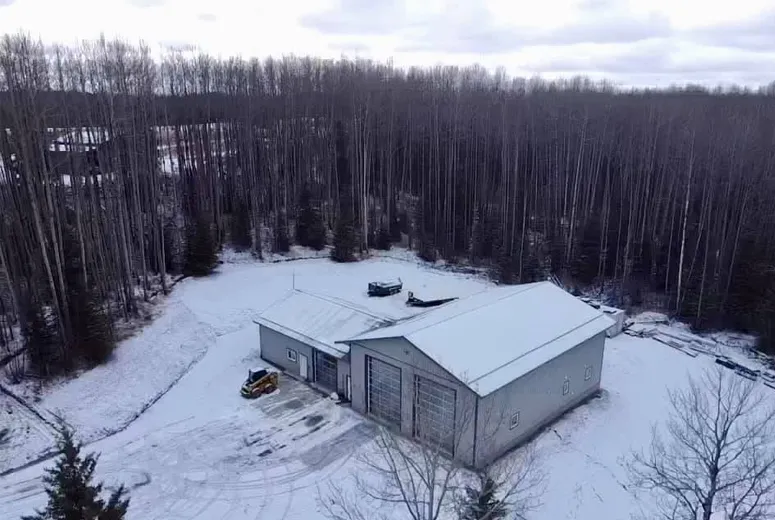- Afrikaans
- Albanian
- Amharic
- Arabic
- Armenian
- Azerbaijani
- Basque
- Belarusian
- Bengali
- Bosnian
- Bulgarian
- Catalan
- Cebuano
- Corsican
- Croatian
- Czech
- Danish
- Dutch
- English
- Esperanto
- Estonian
- Finnish
- French
- Frisian
- Galician
- Georgian
- German
- Greek
- Gujarati
- Haitian Creole
- hausa
- hawaiian
- Hebrew
- Hindi
- Miao
- Hungarian
- Icelandic
- igbo
- Indonesian
- irish
- Italian
- Japanese
- Javanese
- Kannada
- kazakh
- Khmer
- Rwandese
- Korean
- Kurdish
- Kyrgyz
- Lao
- Latin
- Latvian
- Lithuanian
- Luxembourgish
- Macedonian
- Malgashi
- Malay
- Malayalam
- Maltese
- Maori
- Marathi
- Mongolian
- Myanmar
- Nepali
- Norwegian
- Norwegian
- Occitan
- Pashto
- Persian
- Polish
- Portuguese
- Punjabi
- Romanian
- Russian
- Samoan
- Scottish Gaelic
- Serbian
- Sesotho
- Shona
- Sindhi
- Sinhala
- Slovak
- Slovenian
- Somali
- Spanish
- Sundanese
- Swahili
- Swedish
- Tagalog
- Tajik
- Tamil
- Tatar
- Telugu
- Thai
- Turkish
- Turkmen
- Ukrainian
- Urdu
- Uighur
- Uzbek
- Vietnamese
- Welsh
- Bantu
- Yiddish
- Yoruba
- Zulu
Oct . 21, 2024 09:10 Back to list
The Importance of Hangar Steel Structures in Modern Aviation
In the rapidly advancing world of aviation, the architectural and structural integrity of hangars plays a pivotal role in supporting the industry’s growth. Hangar steel structures have emerged as one of the most efficient, durable, and cost-effective solutions for the storage and maintenance of aircraft, making them indispensable in airports, military bases, and private airfields.
A Brief Overview of Hangar Structures
Hangars are large buildings designed to house aircraft, enabling safe and efficient storage, maintenance, and repair operations. The choice of materials greatly influences the functionality and longevity of these structures. Among various construction materials, steel has gained popularity due to its strength, flexibility, and resilience. Hangar steel structures typically consist of a steel frame that supports a roof and walls, often featuring large open spaces devoid of interior columns. This design maximizes usable area and allows for the accommodation of various types of aircraft, from small personal planes to large commercial jets.
Advantages of Steel Structures
1. Durability and Strength Steel has a high strength-to-weight ratio which enables hangars to withstand harsh weather conditions, including high winds, heavy snow, and extreme temperatures. This durability ensures that aircraft remain protected from environmental elements, thereby extending their lifespan.
2. Flexibility in Design Steel structures are highly customizable. Architects and engineers can design hangars that meet specific needs, whether it be for maintenance, storage, or both. The open-span design minimizes the need for internal columns, allowing for maneuverability inside the hangar, which is crucial for maintenance activities.
3. Cost-Effectiveness While the initial investment in steel structures may be higher compared to other materials, the long-term benefits often outweigh the costs. Steel's durability translates to lower maintenance expenses over time. Furthermore, the speed of construction with prefabricated steel elements can significantly reduce labor costs, allowing hangars to be operational sooner.
4. Sustainability With growing concerns regarding environmental impacts, steel's recycling ability is a crucial advantage. Steel can be recycled without degradation in quality, making it an environmentally friendly option for constructing hangars. This aligns with the aviation industry's increasing emphasis on sustainable practices.
hangar steel structure

Applications of Hangar Steel Structures
Hangar steel structures have a diverse range of applications. Commercial airports utilize large hangars for storing fleet aircraft, while military bases require specialized hangars designed for the maintenance and storage of military planes and helicopters. Additionally, smaller general aviation airports often feature metal hangars that house private aircraft, providing personalized services to pilots and owners.
In specialized areas, like helicopter hangars, the design may need to incorporate vertical lift systems or maintenance pits, which the flexibility of steel can accommodate. Similarly, aviation museums also benefit from steel structures as they require large, unobstructed spaces to exhibit historical aircraft while ensuring their preservation.
Future Trends in Hangar Steel Structures
As aviation continues to evolve, so too will the designs and functions of hangar steel structures. Innovations in materials science, such as the development of high-strength alloys and protective coatings, will enhance the longevity and performance of steel structures. Moreover, advancements in Building Information Modeling (BIM) technologies will facilitate better planning and management of construction projects, allowing for more efficient use of resources.
Furthermore, the growing integration of smart technologies in aviation will influence hangar design. Incorporating smart systems for temperature control, energy management, and security will be vital in future hangars to ensure optimal operational efficiency.
Conclusion
In conclusion, hangar steel structures are not just essential components of aviation infrastructure; they represent a fusion of engineering excellence and architectural innovation. As the aviation industry continues to grow, investing in robust, flexible, and sustainable steel hangars will be crucial. They not only provide the necessary safety and maintenance facilities for aircraft but also pave the way for future advancements in aviation technology and operations.
-
How Do Prefabricated Steel Structures Transform Modern Construction?
NewsJul.14,2025
-
How Do Prefabricated Metal Buildings Redefine Modern Construction?
NewsJul.14,2025
-
How Do Prefab Insulated Metal Buildings and Steel Structures Revolutionize Modern Construction?
NewsJul.14,2025
-
How Do Pre - Engineered Steel Structures Redefine Modern Construction?
NewsJul.14,2025
-
Advancing Modular Construction with Prefabricated Metal Structures
NewsJul.14,2025
-
Advancing Industrial Infrastructure with Prefabricated Steel Solutions
NewsJul.14,2025
Products categories
Our Latest News
We have a professional design team and an excellent production and construction team.












